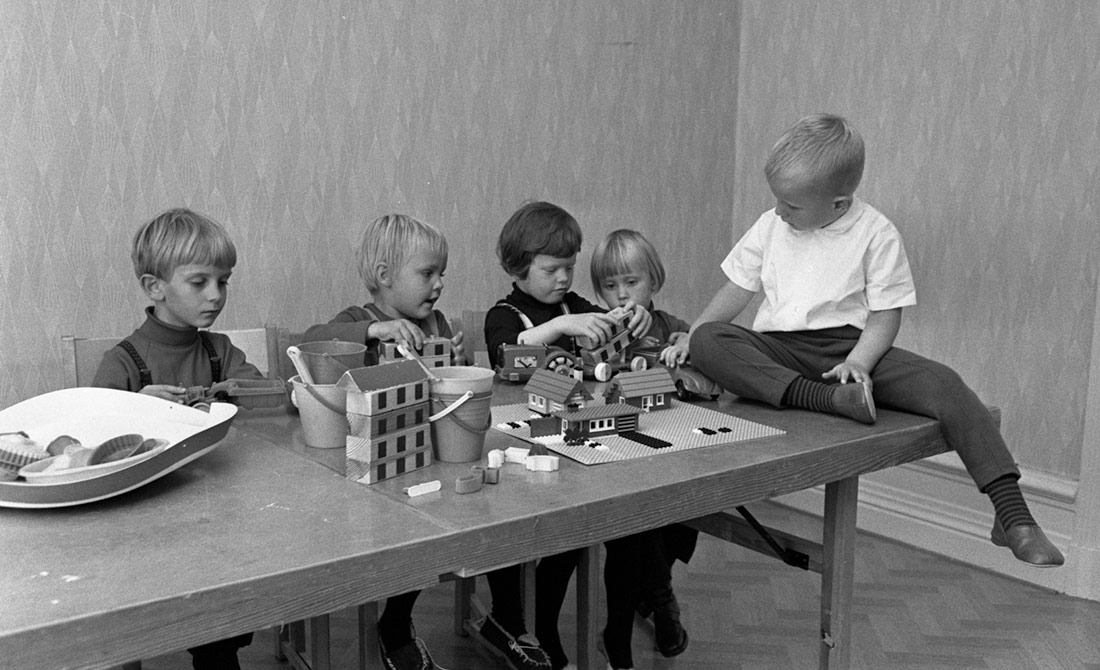
Children playing at school, 1966 | Örebro läns museum | Public domain
We have long ceased to understand the museum as a storehouse. We are now looking for new models that open institutions to dialogue and collaboration, that emphasise connections. The key to cultural mediation lies in how to create these spaces where we can encounter and relate to each other.
In his seminal book Ways of Seeing, art critic John Berger draws our attention to a simple idea that nevertheless has important consequences. Despite what it might seem, he says, what we see is not the things themselves but the relationships that exist between them and us. Berger, who was one of the most acute critics of contemporary image, thus draws our attention to what is truly important – what constructs out world, what generates meaning, are the connections, the relationships, the links that we weave in ongoing dialogue with others. In other words, our gaze is always relation, interpretation, a reciprocal and incessant movement in which “the eye of the other combines with our own eye.”[1]
I bring this idea up because, with his usual simplicity, Berger thus defines a field of research that is both rich and complex. By reminding us that what is important is the ongoing conversation in which meaning is jointly constructed, he invites us to think about the conditions in which this conversation takes place and how to make it, for example, more open and diverse – how we can ensure that it includes more people and generates better arguments, that it serves to question our own systems of thought, that it allows us to imagine alternatives, and that it is enlivened and sustained over time. This is what those cultural institutions that place mediation at the centre of their work are putting their efforts into – creating contexts in which the quality of connections, the richness of dialogue and the diversity of networks and relationships open up the possibility of a more critical, complex and situated view of the world.
A social powerhouse
The question is not a new one. If we look back, this shift of attention – from looking at objects and works to the relationships and conversations they inspire – was already present, for example, in the revolutionary work of the art historian Alexander Dorner, who in the 1920s advocated the creation of a new kind of museum.
Anticipating proposals and debates that are still very much alive today, for Dorner it was necessary to move away from the museum as a storehouse, as a mere exhibition of works and artefacts, and transform it into a space that placed the emphasis on the creation of meaning, not simply on its presentation or representation. In his view, this should be a “museum on the move,” where visitor education and experience are a priority, capable of affecting and transforming the life beyond its walls. In his book The Way Beyond ‘Art’ (1947), Dorner coins his famous metaphor of the museum as a power station. The new kind of art institute he envisages “must not only be not an “art” museum in the traditional static sense but, strictly speaking, not a “museum” at all. A museum conserves supposedly eternal values and truths. But the new type would be a kind of powerhouse, a producer of new energies.”[2]
It has been said of Dorner that he is a kind of “hero”[3] or prophet of the “new institutionalism,” the current that, since the 1990s, has been revising and shaking up cultural institutions from within to transform them into more open, participatory and committed spaces. His figure has been enthusiastically vindicated by, among others, the curator Hans Ulrich Obrist,[4] he has been used by different museums in the definition of their objectives (Kunsthal Gent, M+ Hong Kong and the digital Museum in Progress, for example) and his idea of the museum as a power station has also proved fertile among artists. It was drawn upon, for example, by Marina Abramovic as inspiration for her work, and also by Tania Bruguera, decades later, when she launched her project for a “Museum of Arte Útil”, a place where “spectators become users and collective, transformative energy can be generated for use in the world outside.” Outside, this energy that the museum generates is a potential trigger for political and social transformations that transcend the institution, a social energy unleashed by art capable of provoking change and able to pass through (or crack or perforate) the walls of the museum.
Today, it is common to envisage cultural institutions as being open to participation, affected by the complexities of their environment, self-critical and far removed from the idea of the museum as a “storehouse” or “treasure chamber” that Dorner rejected a century ago. Thus, a museum that is “social,” “expanded,” “situated,” “elastic,” “nurturing,” “of affects” or an “assembly museum” is postulated from different angles and with a profuse diversity of adjectives, to account for the new institutional practices that seek this active relationship between the museum or cultural centre and the outside world, and which should be capable of generating and keeping alive a stream of transformational social energy.
In each case, cultural mediation is put forward as the unifying element to drive this change of perspective, although it is not always given the same degree of commitment, nor is it always placed at the centre of cultural programmes. In any case, this proliferation of adjectives does reflect a search for other institutional models in which importance is placed on the quality of connections – with audiences, with artists, in programmes, with neighbours, with the environment and with the workers themselves. Going back to Berger, the spaces (real and symbolic) in which “the eye of the other combines with our own eye.”
The “in-between” spaces
In order to understand what space it is that cultural mediation pays attention to, Hannah Arendt’s way of referring to the world we have in common can be inspiring. She simply calls this space that is “between us,” which is the space where, according to her, politics is born, the “in-between.” According to Arendt, in the words of Fina Birulés, “the world is therefore that which is between us, that which separates us and unites us,”[5] or also that which mediates between us – the place of encounter.
The real challenge for cultural mediation (for cultural institutions) lies precisely in the creation and nurturing of the “in-between” spaces – the places of encounter (and misencounter), those in which the construction of meaning and the possibility of its transformation exist at the same time. Inevitably, these are open, unfinished, imperfect spaces, because they are the spaces of conversation, of difference, of testing, of trial and error. That is where, I believe, we find the fuel that feeds the cultural institution long envisaged by Alexander Dorner.
Attention to the “in-between,” to the places where different people meet and to the generation and nurturing of connections, should be the backbone of cultural mediation programmes and should permeate the design and development of all projects – both those that promote artistic creation and thought or trial new formats, and those set within educational or community contexts. In each case, this should result in efforts to make the museum or cultural centre a place inhabited by diverse audiences and collaborators, connected and intertwined with their environment, aware of what already exists and willing to expand and assemble it in different ways. In short, it should result in institutions that are open to dialogue, collaboration and exchange.
Four notes for a possible mediation programme
There is, of course, no one way of generating good cultural mediation, although it is clear to say that it can only be possible with an emphasis on openness and listening, participation, proximity and the creation of networks. And this also means understanding that, if we embrace complexity, the “in-between” spaces are also spaces for disagreement and dissent (or at least they should be). In this sense, mediation is a mechanism that multiplies complexity because it broadens rather than reducing points of view and interlocutions.
What, then, could be the cornerstones of a possible mediation programme? Here I offer four suggestions that might act as springboards:
- Consider projects as scenarios for learning and intervention, avoiding finished work and that which does not need or allow questions or collaborations, and place the emphasis on research processes, trials, beginnings and pathways. In this framework, of particular value are devices that allow us to observe, learn and socialise knowledge, that open up and share the code with which they are made. Although it is easier to work with experts, professionals and scholars, it is also necessary to embrace inexperience, amateurism and ignorance.
- Make projects that act as sounding boards for their surrounding environments, so that they can respectfully incorporate an existing fabric and also sustain complexity and contradiction. The idea is to open up polyvocal, diverse and cross-cutting conversations, extended ecologies that incorporate a plurality of communities, knowledge, institutions and collectives. The public programmes that arise from these interlocutions are the result of understanding mediation not as a device for conciliation or pacification, but rather for the recognition of difference and the multiplication of complexity.
- Try to bring together diverse things and people, trying out new assemblages, in other words, new connections that, in turn, open up new possibilities. That which is similar, that which works in a similar way, that which incorporates no contradiction, is not very “productive.” It is more interesting to encourage crossover between disciplines, dialogue between different formats and languages, between institutions governed by disparate objectives, and to generate programmes that manage to be meeting places for people who do not share the same points of reference. At the same time, it is essential to remember that access and the ability to participate are conditioned by multiple inequalities. James Clifford defined museums as “contact zones,”[6] drawing on linguist Mary Louise Pratt’s reference to colonial “encounters,” to clearly highlight the mechanisms of power that are activated by museums and that actively work to erase differences.
- Aim to broaden and guarantee access to and participation in culture, especially for those who are normally excluded from museums and cultural centres, and especially for girls and young people. It can never be said enough that culture is a tool against inequality and that cultural participation also holds the keys to participation in other spheres of collective life and the exercise of democracy. In this sense, a key element are projects that help to link together culture and education, to connect classroom learning with art, science and contemporary thought, and artists, thinkers and scientists with schools, colleges and universities. Also fundamental are those that incorporate young people as fully-fledged cultural agents and producers, generating contexts of participation and communities for putting ideas into practice.
In short, what is needed is to broaden access and participation, to generate communities of dialogue and meeting places, and to contribute to enriching public debate by nurturing and encouraging creative and research projects that are more polyvocal, connected and capable of raising questions and alternatives.
[1] John Berger, Ways of seeing, Penguin 1972, p. 9.
[2] Alexander Dorner, The Way Beyond ‘Art’, Wittenborn, Schultz Inc., 1947, p. 232.
[3] Claire Doherty, “els joves en qualitat d’agents i de productors culturals,” Art of Encounter, No. 15, 2004.
[4] Hans Ulrich Obrist, “Preface,” in Did Someone Say Participate? eds. Markus Miessen and Shumon Basar (Cambridge, MA: MIT Press, 2006), p. 14.
[5] Fina Birulés, “Introducción” a Hannah Arendt, ¿Qué es política, Paidós, 1997, pp. 18-19.
[6] James Clifford, “Museums as Contact Zones,” in Routes : Travel and Translation in the Late 20th Century, Harvard University Press, 1997.

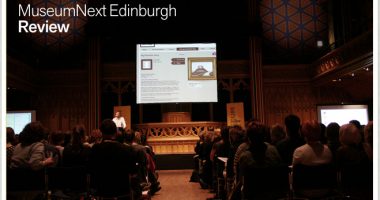
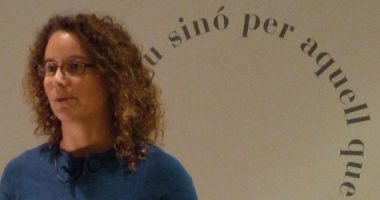
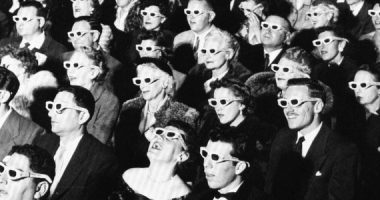
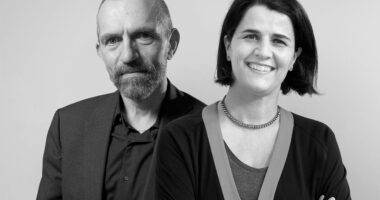
Leave a comment